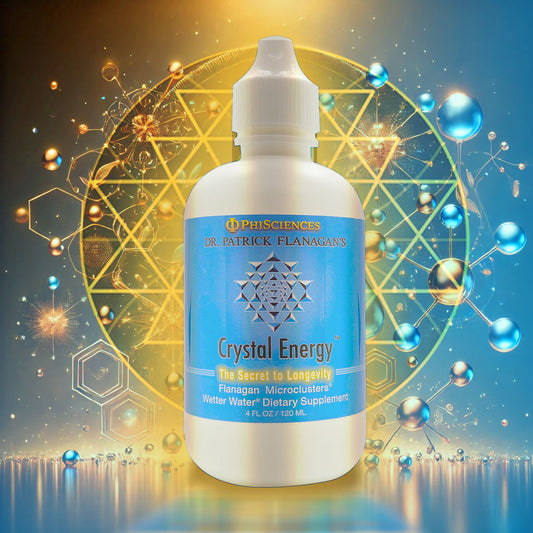Research and Development
Research and Development
The PhiSciences research team is dedicated to the advancement of nutritional sciences. Our studies include multiple aspects of chemistry, biology, and physics to determine how the nanotechnology supplements interact with the body. Here's one independent study on Dr. Flanagan's Micohydrin and cardiovascular response during exercise.
Our current studies include free radical testing, metabolic analyses of NADH and ATP production, lactic acid reduction, hydride absorptivity, and other areas of science. Our research goals involve finding the links between aging, cellular energy, and nutritional supplementation.
To accomplish our goals, we use the highest technology analytical methods, including:
Nuclear Magnetic Resonance Spectroscopy (NMR):
There has been a lot of interest surrounding the use of NMR. While it is an analytical method that can indicate the structure of molecules in a compound, the use of NMR goes well beyond structure. NMR is a useful tool for monitoring, in real-time, reactions that occur in the body. NMR can also be used to identify biological activity through the production of the by-products of metabolism. NMR is an invaluable tool for the study of free radical scavenging, metabolic production, and structural analysis.
Oxidative Reduction Potential (ORP) Meter:
ORP is an accurate measure of the reducing capacity of antioxidants in a liquid, but not necessarily measure effectiveness in scavenging free radicals. The ORP is generally used in conjunction with other methods to give a true indication of the possible biological benefits of a compound.
Spectrophotometry:
Spectrophotometers allow a researcher to follow reactions, including biological reactions, in real-time, and can indicate both immediate changes as well as changes over time of chemical reactions.

Electron microscopy (SEM and TEM):
Electron microscopy allows for the analysis of surface and compositional structure of a compound or molecule. Scanning electron microscopy (SEM) bombards a compound with electrons that reflect a high resolution image at incredible magnifications of the compound’s surface. Tunneling electron microscopy (TEM) sends electrons through the molecules to allow high-magnification, high-resolution images of the compound, and indicates the molecular composition as well as the change in amounts of compounds in a reaction.
Ion beam analysis (IBA):
IBA gives a very detailed atomic composition of a compound or molecule. It allows researchers to understand exactly what compound they are working with and gain insight into how it may react with other compounds.
In addition to these high-technology analytical instruments, PhiSciences uses traditional and innovative methods to analyze the efficacy and potency of our products. Our work has been published in peer-reviewed scientific and medical journals indicating the high integrity and validity of our work.

Subscribe to our emails
Be the first to know about new collections and exclusive offers.
Featured Flanagan Products
-
Crystal Energy®
Regular price From $64.00Regular priceUnit price / per$64.00Sale price From $64.00 -
MegaHydrate® Capsules
Regular price From $62.00Regular priceUnit price / per$62.00Sale price From $62.00 -
MegaHydrate® Powder
Regular price From $124.00Regular priceUnit price / per$124.00Sale price From $124.00 -
Sensor V Medallion
Regular price $844.00Regular priceUnit price / per




